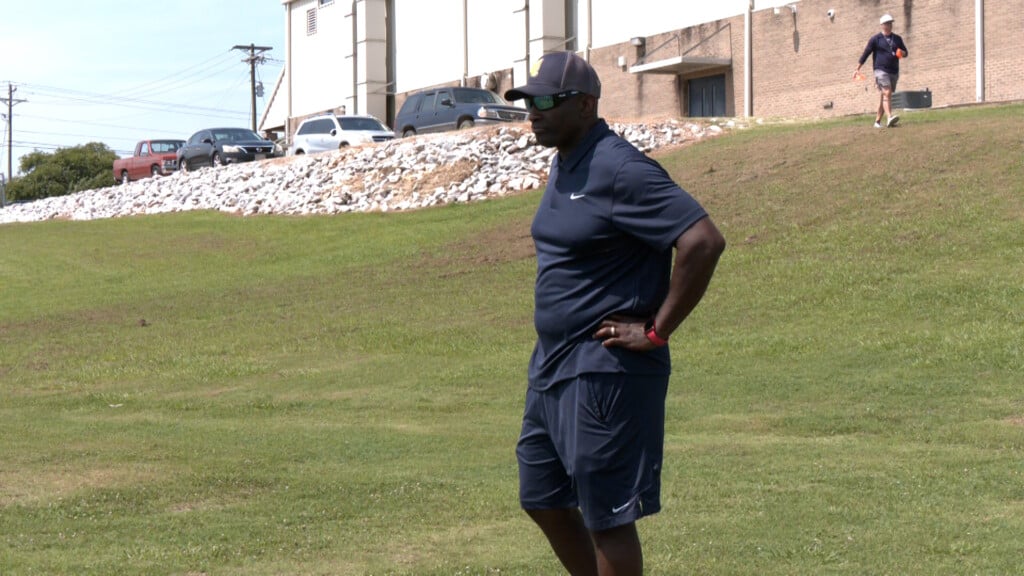Video: Dangers of Swimming in Natural Bodies of Water
COLUMBUS, Miss. (WCBI) – There’s no age discrimination when it comes to drowning.
It can happen to anyone, anywhere, or anytime.
Columbus Fire and Rescue says in Lowndes County they see it happen more often in natural bodies of water.
So far this summer, Columbus Fire and Rescue has responded to three drowning calls in rivers and creeks.
You can swim anywhere where there’s water, but each body of water is different and drowning is always a risk.
“If you notice them, you are going to see that they are struggling to swim, that they are struggling in the water. You can’t really hear them. It’s silent. They slip under and then you see them underneath,” says YMCA lifeguard, Isaac Hatcher.
The biggest mistake for swimmers is underestimating how strong a current can be.
“The faster the water is moving, the faster it is to control being able to stand or swim in it, so you have to think that only six inches of water can move a vehicle, so that moving water is a whole different animal than a static swimming area,” says Columbus Fire and Rescue Captain Wes Mims.
One danger of swimming in creeks is that the terrain can change from one week to the next.
“A constant flow of water changes the conditions of the surface underneath the water, so where you were to wade out and it was only an ankle or knee deep just a few months before, could be up to 12 feet deep presently, so you just don’t know and that unpredictability leads to a lot of drowning,” says Columbus Fire and Rescue Assistant Chief Duane Hughes.
Hughes says rainfall doesn’t make it any better.
“This time of year, we’ve got a tremendous amount of rainfall, which leads to cloudy water conditions, visibility is very low, and you also have to consider with that rise of water, a lot of debris, a lot of entrapment issues, as far as these natural bodies of water.”
Captain Mims says creek rescues are a danger, even for the trained dive team.
“One of the most popular swimming areas in the county is probably the Lawrence Bridge area, north of Caledonia, and we usually go once a year there because the current in that area is extremely fast and we have actually had responders have to be pulled from the water down there too. It’s a very dangerous area.”





Leave a Reply